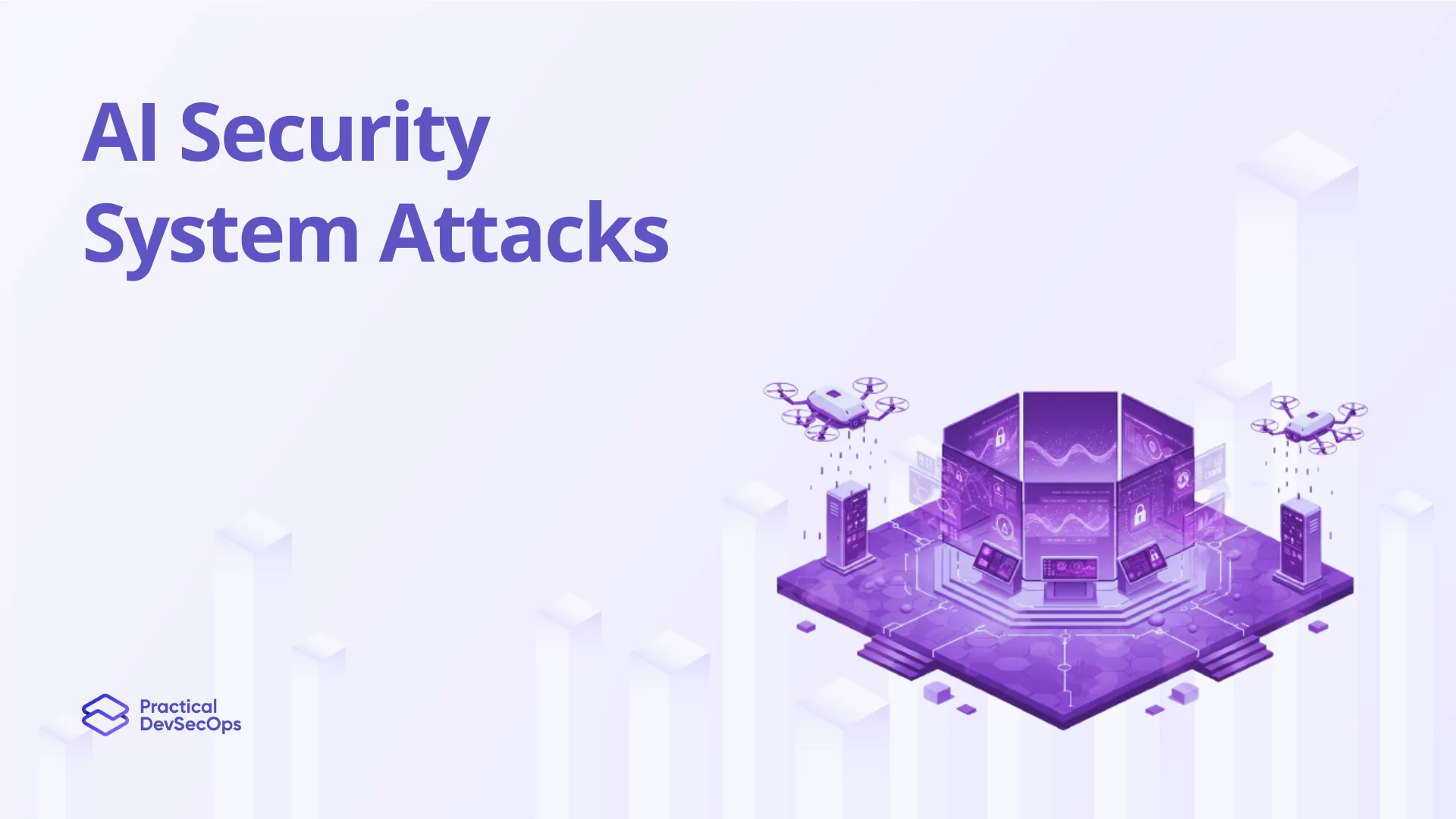A Software Bill of Materials (SBOM) is a comprehensive inventory that details every ingredient that goes into building software. In modern software development and security practices, an SBOM is indispensable for several reasons.
It provides transparency into the software components, aids in tracking and managing vulnerabilities, and ensures compliance with security standards and regulations. As software systems grow more complex and integrated, the role of an SBOM becomes critical in managing risk and protecting software from potential security breaches.
Given the diversity of software applications and the industries they serve, different types of SBOMs have been developed to cater to specific needs. These tailored SBOMs help in addressing the unique challenges posed by different technological environments, ranging from automotive systems and medical devices to large-scale enterprise applications.
Understanding the appropriate type of SBOM to deploy can significantly enhance an organization’s ability to manage its software supply chain securely and efficiently.
Also read about 7 Pillars to Strengthen Software Supply Chain Security
Understanding SBOM
An SBOM is essentially a detailed list that captures all the components, libraries, dependencies, and licenses involved in the construction of software. This document serves as a critical tool for numerous stakeholders, including developers, security professionals, and compliance officers.
For developers, an SBOM provides a clear map of the software’s architecture, making it easier to update or troubleshoot the product. Security professionals use SBOMs to quickly identify potential vulnerabilities, especially those linked to third-party components. Compliance officers rely on SBOMs to ensure that the software meets regulatory standards, particularly those concerning cybersecurity and privacy.
The necessity of SBOMs extends beyond just operational or compliance requirements. It is a foundational element in building trust and assurance in software integrity, especially in sectors where safety and reliability are paramount. As software continues to eat the world, the ability to scrutinize and verify every component through an SBOM becomes not just beneficial but essential for sustaining the security and functionality of digital infrastructures.
Defining SBOM and Its Role in Software Security and Compliance
A Software Bill of Materials (SBOM) is essentially a detailed document that lists all components, libraries, and dependencies used in building software, including their source and licensing information.
This transparency is crucial for software security and compliance, as it allows organizations to quickly identify and address potential vulnerabilities or licensing issues within their software inventory. In terms of compliance, an SBOM helps organizations meet regulatory requirements that mandate the disclosure of software components, particularly in industries like healthcare and finance, where security is paramount.
Importance of SBOM Across Various Stages of the Software Supply Chain
The SBOM plays a vital role throughout the software supply chain—from development to deployment and maintenance. During the development phase, it helps engineers understand the structure and dependencies of their application, facilitating more informed decisions.
In the deployment stage, an SBOM allows security teams to perform thorough risk assessments, ensuring that only secure and compliant components are released into production. During maintenance, it serves as a critical resource for quickly addressing new vulnerabilities as they are disclosed, by identifying which applications are affected by a particular issue.
Types of SBOM
There are several types of SBOMs, each designed to serve specific purposes within different contexts of use:
- Flat Format SBOM: This type presents all components in a single list without detailing their relationships. It’s useful for simple applications where dependencies are minimal and straightforward.
- Hierarchical Format SBOM: This format shows components in a tree-like structure, depicting how each component is related to and dependent on others. It’s ideal for complex applications where understanding the dependency structure is crucial for security and maintenance.
- Relationship Format SBOM: The most detailed type, this format includes not only hierarchical information but also the relationships and interactions between components, such as dynamic link libraries and API calls. This format is suited for applications in dynamic environments where components interact in complex ways, such as in large integrated systems.
Each type of SBOM addresses specific needs and offers different levels of detail, making them suitable for various industry applications where the complexity and security requirements of software can vary significantly.
Flat Format SBOM
Description and Characteristics:
The flat format SBOM lists all components in a straightforward, non-hierarchical manner. It includes essential details such as the version, license, and origin of each component but does not show dependencies or relationships between them. This format is best suited for simpler software projects where the depth of component interaction is minimal, making it easier to review and manage.
Industries and Applications:
Flat format SBOMs are particularly useful in industries such as web development or small-scale software projects where applications do not have extensive dependencies. This format helps startups and small businesses track components efficiently without the complexity of managing detailed dependency data. It’s also advantageous for rapid development environments where simplicity and speed are prioritized.
Hierarchical Format SBOM
Description and Characteristics:
Hierarchical format SBOMs organize components in a tree-like structure that clearly shows how each component is related to others. This format details the dependencies of each component, providing a visual and functional map of the software’s architecture. It helps in understanding how components interact with one another and the potential impact if one component is changed or updated.
Industries and Applications:
This format is crucial for industries like automotive and aerospace, where software systems are complex, and understanding the interaction between components can impact safety and functionality. Hierarchical SBOMs are also beneficial in large-scale software projects where dependencies are intricate, and the software architecture needs to be clearly understood and carefully managed to avoid disruptions and vulnerabilities.
Relationship Format SBOM
Description and Characteristics:
The relationship format SBOM extends beyond the hierarchical by including detailed relationships and interactions among components, such as dynamic links and API calls. This format provides the most comprehensive view of the software ecosystem, detailing how components communicate and depend on each other in operational environments.
Industries and Applications:
Ideal for dynamic and complex systems such as telecommunications, large enterprise IT systems, and integrated cloud services, the relationship format is critical. These industries benefit from this SBOM type as it helps manage and secure systems where components are highly interconnected and where changes to one part can have cascading effects across the entire system. This format is also indispensable in sectors involving multi-layered software stacks that require rigorous compliance and security oversight.
Also read about 7 Pillars to Strengthen Software Supply Chain Security
Relationship Format SBOM: Industries and Applications
Industries and Applications:
The relationship format SBOM is especially beneficial in environments such as embedded systems, robotics, and complex software platforms that integrate numerous technologies and platforms. It is indispensable in industries such as:
Telecommunications: In telecom, managing the intricate interactions among network management software components is crucial. The relationship format helps operators understand how changes in one part of the system might affect others, crucial for minimizing downtime and maintaining network integrity.
Integrated Cloud Services: For cloud service providers that manage a variety of SaaS, PaaS, and IaaS offerings, understanding inter-component relationships ensures that updates and security patches do not disrupt service continuity across different platforms.
Also read about Software Supply Chain Security Tools
Industry Applications of SBOM
Automotive Industry
In the automotive sector, SBOMs are used to oversee software components in everything from infotainment systems to autonomous driving functionalities. This detailed oversight helps automotive manufacturers ensure that all components are up-to-date and secure, mitigating risks associated with software vulnerabilities which are critical in safety-critical systems.
Healthcare Industry
For healthcare, SBOMs manage the software embedded in medical devices and hospital information systems. This includes tracking the provenance of software components to ensure they meet the stringent regulatory standards for safety and patient privacy under laws such as HIPAA in the U.S. and GDPR in Europe.
Financial Services
In financial services, SBOMs are crucial for maintaining the integrity and security of financial software systems. They help institutions track and manage software components to ensure compliance with financial regulations and standards, thereby protecting sensitive customer data and preventing financial fraud.
Telecommunications
Telecommunication companies utilize SBOMs to manage and secure software that operates core network functions and infrastructure. These detailed materials help in identifying vulnerable components quickly, crucial for maintaining service availability and securing data transmissions.
Government and Defense
In government and defense, SBOMs are essential for ensuring that all software components comply with national security and privacy regulations. They help in auditing and tracking software sources, which is critical in preventing malicious code from compromising sensitive government and military operations.
Also read Software Supply Chain Security Interview questions and answers
Challenges in Implementing Different Types of SBOMs
Common Obstacles:
Implementing SBOMs effectively across various software systems presents multiple challenges:
Integration Complexities: Integrating SBOM processes seamlessly into existing development and security workflows can be difficult, especially in organizations where legacy systems are prevalent. The lack of standardization across tools and formats can also lead to inconsistencies in how SBOMs are generated and maintained.
Maintaining Up-to-Date SBOMs: As software components are frequently updated, added, or removed, keeping SBOMs current becomes a significant challenge. This is particularly taxing in environments with high rates of change, such as agile development practices and continuous deployment cycles.
Solutions and Best Practices for Effective SBOM Management
To overcome these challenges, several solutions and best practices can be adopted:
Standardization of SBOM Formats: Adopting standardized formats like SPDX or CycloneDX helps in maintaining consistency across SBOMs, facilitating easier integration and management. These standards provide a common framework that can be used across tools and platforms, reducing the complexity of managing multiple SBOM formats.
Automation Tools: Leveraging automation tools to generate and update SBOMs can significantly reduce the manual effort involved and help maintain accuracy. Tools that integrate directly into the CI/CD pipeline can automatically update SBOMs whenever changes are made to the codebase.
Regular Audits and Reviews: Conducting regular audits of SBOMs ensures their accuracy and completeness. Scheduled reviews as part of the software development lifecycle can help catch discrepancies and gaps in the SBOM before they impact the security or functionality of the software.
Training and Awareness: Educating development, security, and compliance teams about the importance of SBOMs and how to manage them effectively is crucial. Regular training sessions can help teams understand the best practices in SBOM management and stay updated on new tools and techniques.
Also read Software Supply Chain risks to evaluate and mitigate
Conclusion
The Software Bill of Materials (SBOM) is a pivotal tool for modern software development and security, offering crucial transparency by detailing every component within software projects. This transparency not only aids in compliance, but significantly enhances security across various sectors. While integrating and updating SBOMs presents challenges, these can be effectively addressed through standardized practices, automation tools, and regular audits. As software supply chains become increasingly complex, the strategic implementation of SBOMs is vital for managing these intricacies and securing digital infrastructures.
Enhance your software security skills by mastering SBOM practices. Enroll in our Certified Software Supply Chain Security Expert course to lead in securing complex software ecosystems.
Also read Software Supply Chain Security Issues and Countermeasures
FAQ Section
What is an SBOM?
A Software Bill of Materials (SBOM) is a comprehensive list detailing all components used in software development. It enhances transparency, aids in managing vulnerabilities, and ensures regulatory compliance.
What are the different types of SBOMs?
SBOMs come in three primary formats: flat, hierarchical, and relationship, each suited for varying levels of software complexity and dependency clarity.
How does the SBOM type affect its utility?
The choice of SBOM type depends on the specific needs of an industry’s complexity and regulatory requirements.
What are the best practices for managing an SBOM?
Effective SBOM management involves regular updates, adherence to standardized formats, automation integration, proactive security practices, and consistent team training. These practices ensure the SBOM remains accurate and useful throughout the software lifecycle.
Also read about Software Supply Chain Security Key Incidents







0 Comments